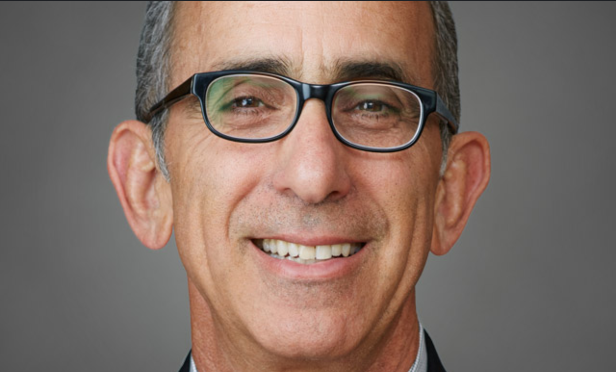 Fire season is again upon us, and this year fires are again expected to ravage the California market. While September fires have been mild compared to the 2018 devastation, insurance companies are cautious about staying in high fire risk markets. In some areas with particularly high fire risk, insurance companies are pulling out completely, and in other areas, insurance rates have more than doubled. While the residential market has been hit the hardest, commercial is also open to increased insurance risk for the few properties that are in high-risk areas.
Fire season is again upon us, and this year fires are again expected to ravage the California market. While September fires have been mild compared to the 2018 devastation, insurance companies are cautious about staying in high fire risk markets. In some areas with particularly high fire risk, insurance companies are pulling out completely, and in other areas, insurance rates have more than doubled. While the residential market has been hit the hardest, commercial is also open to increased insurance risk for the few properties that are in high-risk areas.
"Insurance has gotten much more difficult in both residential and commercial, and insurers have pulled out of some high risk markets near canyons and brush completely," Steve Bram, co-founder and principal at George Smith Partners, tells GlobeSt.com. "So, the insurers won't insure in some markets and there are big price increases in the markets where they will insure. If you have a house in a high-risk market, the insurer might take the policy from $10,000 to $30,000 or $40,000. Those are the kinds of increases that we are seeing."
The reinsurers are driving the increases in rates as a way to both hedge against future risk as well as build reserves back up from payouts in the last string of fires. "90% of insurance policies are reinsured, and the reinsurance is really the company covering the risk," Bram says. "They might increase their insurance rates, but they are also going to make contracts tighter and the deductibles will go up. They are trying to reduce their risk, so there is a combination of increasing rates and reducing coverage."
It isn't unusual for insurance companies to increase rates following a catastrophe. In fact, it is part of the standard insurance cycle, and is usually an opportunity to increase competition in the market. "The insurance business is a cycle. That means that when there is a big loss, rates go up as insurers build up their reserves, and then new players come into the market to be more competitive with current market rates," says Bram. "As a result, rates will ultimately come back down."
This time, however, is different. The pattern of fires will likely lead to permanent increases in rates or to entire submarkets in the state classified as uninsurable. "In higher risk areas, not being able to get insurance is going to depress the values of residential homes," says Bram. "In high risk markets, there are much more transactions than there were before, and that is because people that live in those areas are feeling uncomfortable and are deciding to sell their homes."
While insurance rates have been increasing and companies tailoring back insurance policies, they have made no additional requirements to protect homes. Cities, additionally, haven't taken any steps to increase code requirements to minimize fire damage, like requiring sprinkler systems or fireproof building materials.
© Touchpoint Markets, All Rights Reserved. Request academic re-use from www.copyright.com. All other uses, submit a request to [email protected]. For more inforrmation visit Asset & Logo Licensing.






